Rest is much more than just a moment of inactivity. It is the secret weapon of anyone aiming to improve, push their limits and achieve their fitness goals. Taking care of your recovery means optimizing your results and advancing your potential in every workout. Rest times between sets, recovery days, sleep, nutrition, preventing overtraining... every detail matters when it comes to building a stronger and more efficient body. If you really want to get the most out of your efforts, then this article is for you. Take a few minutes to read it and put the tips into practice...
REST IN STRENGTH
Rest time between sets.
Rest time in strength training is a key factor that is often underestimated. However, it plays a direct role in the physiological adaptations of training: strength gains, muscle hypertrophy or endurance development. The duration of rest between sets directly affects performance, accumulated fatigue, metabolic stress and nervous system recovery. Each training goal therefore requires a specific recovery time, depending on the energy systems used and the desired adaptations.
Rest for maximum strength development: 2 to 5 minutes.
Strength-focused workouts involve lifting very heavy loads, often between 85 and 100% of your 1RM (one-repetition maximum). This type of effort significantly engages the central nervous system, as well as ATP (adenosine triphosphate) stores—an immediate but limited source of energy.
To allow for near-complete recovery between sets and maintain a high level of performance on each repetition, experts recommend a rest period of between 2 and 5 minutes. This duration allows for:
- Optimal restoration of the nervous system.
- Replenishment of ATP and creatine phosphate reserves.
- Better quality of heavy repetitions.
Best for: Powerlifting, Olympic lifting, strength sports, maximum load training.
Rest for mass gain: 30 to 90 seconds.
The goal of hybridization is to induce enough muscle stress to stimulate muscle fiber growth (anabolism). In this context, rest time is intentionally shorter to maximize:
Metabolic stress (lactic acid accumulation).
Muscle pump and congestion.
Hormones such as testosterone and growth hormone, which play a central role in muscle growth.
A 30 to 90 second rest between sets is optimal for keeping muscles under tension while maintaining a high training intensity. This approach is often used in classic bodybuilding programs.
Recommended for: Muscle development, body aesthetics and moderate set training (8 to 12 repetitions).
Rest for muscular endurance: 15 to 45 seconds.
Muscular endurance sessions aim to improve a muscle's ability to sustain repeated effort at light to moderate loads. In this case, rest time is reduced—generally between 15 and 45 seconds—to:
- Muscles getting used to working under stress.
- Developing the ability to tolerate lactic acid.
- Stimulation of blood circulation and muscle oxygenation.
These short breaks increase your cardiorespiratory rate and help burn more calories, which is also beneficial for weight loss or toning goals.
WEEKLY REST DAYS
Weekly rest is an essential element of any effective training program. Contrary to popular belief, it is not only during workouts that the body progresses, but mainly during recovery phases.
Indeed, strength training creates micro-tears in the muscles. It is during rest that the body repairs these fibers, strengthening them and making them more resilient—a process known as “supercompensation.” Ignoring rest days can slow progress, increase the risk of injury and lead to persistent fatigue, known as “overtraining.”
The number of rest days that should be included in a week depends mainly on the athlete's level, the intensity of training, and individual goals.
Beginners: 2 to 3 days of rest per week.
For beginners, the body has not yet adapted to the muscular and neural demands of training. Muscles, tendons, joints, and even the nervous system must gradually adapt to these new stimuli.
It is strongly recommended to include 2 to 3 full rest days each week. These days allow for:
Optimal muscle recovery.
Reduced risk of injuries due to fatigue or poor posture.
Better mastery of movements and techniques.
Gradual development of movement and discipline without creating fatigue or boredom.
Ideally, beginners can start with 2 to 4 workouts per week, alternating training and rest days.
Moderate to advanced athletes: 1 to 2 rest days per week.
Experienced athletes, whose bodies are better prepared for workload, can reduce rest days to 1 or 2 per week. However, this requires a well-structured program to avoid muscle overload.
One key is to plan your workouts intelligently, respecting the principles of muscle distribution:
Alternate muscle groups: for example, upper body one day, lower body the next.
Use training splits (separating sessions by muscle groups) to allow for localized rest while continuing to train.
Avoid overusing the same joints or muscle groups several days in a row.
For advanced athletes, rest days are also essential to support joint, nervous system, and hormonal health.
Active recovery or complete rest?
It is also important to distinguish between:
Full rest days: no physical activity, allowing maximum recovery (sleep, nutrition, hydration, relaxation).
Active recovery days: light activities such as walking, gentle cycling, swimming, yoga or stretching. These help improve blood circulation, remove metabolic waste and support better muscle recovery.
Respecting rest days is key to sustainable progress in strength training. A common mistake is to believe that "the more you train, the more progress you make" — recovery is essential to allow the body to get stronger, prevent injuries, and maintain high levels of motivation.
Remember: good training also means good rest.



